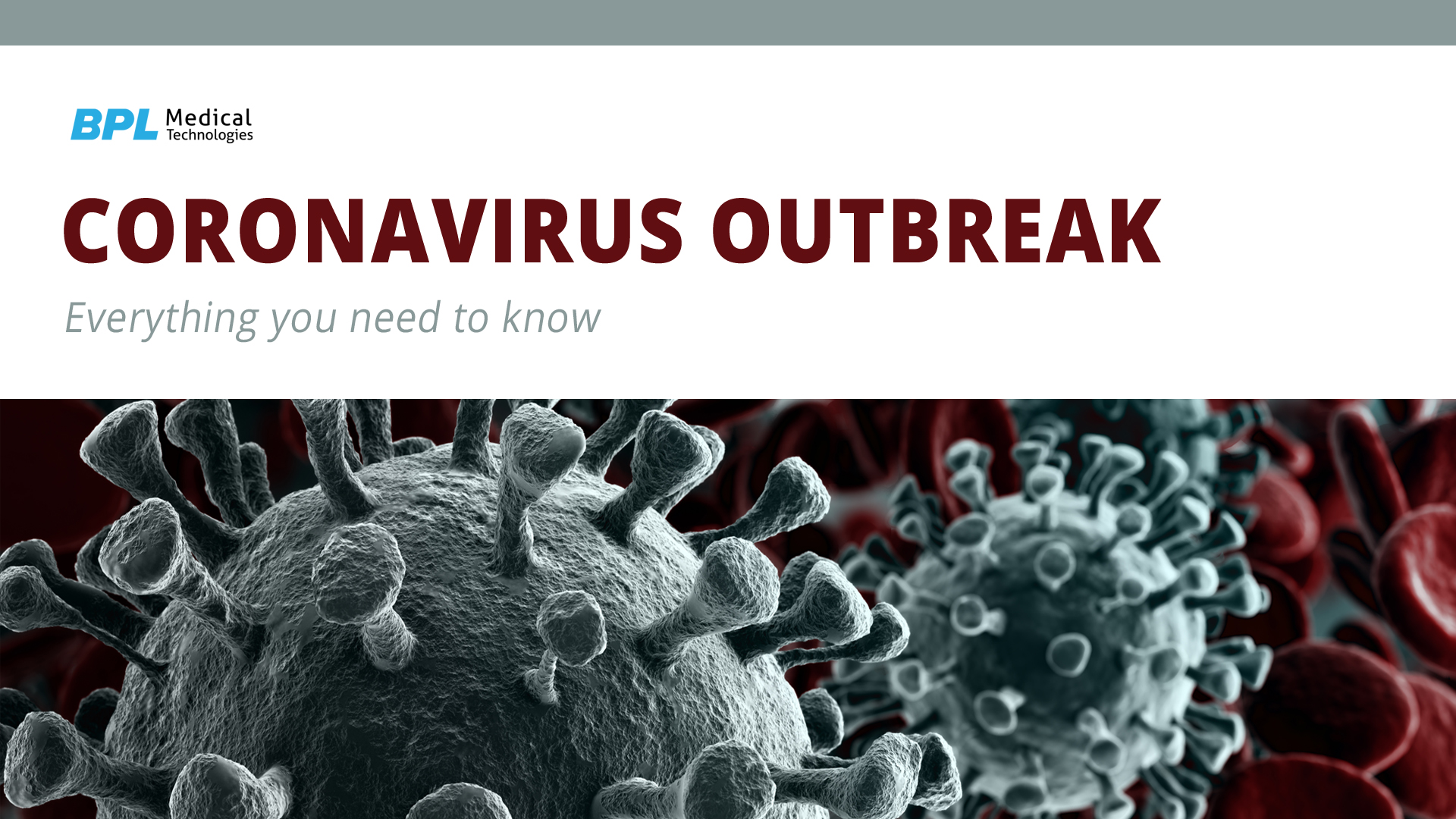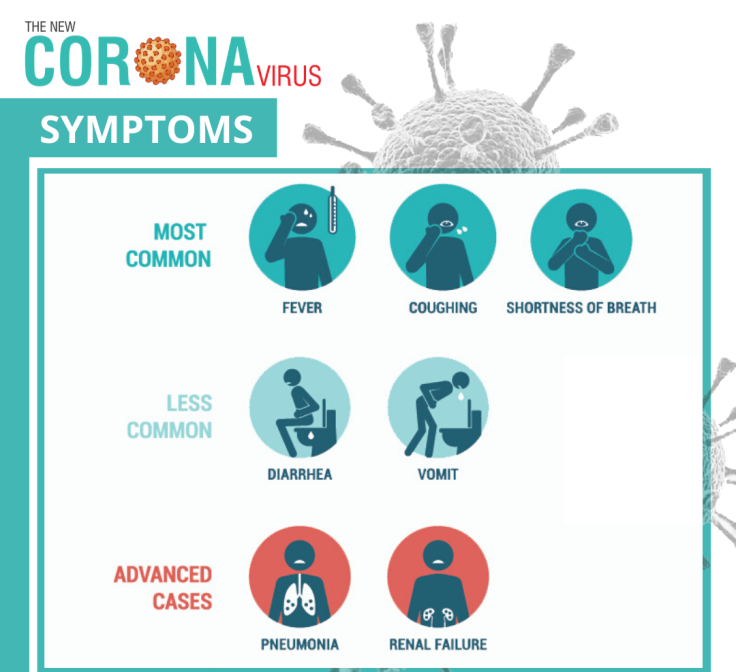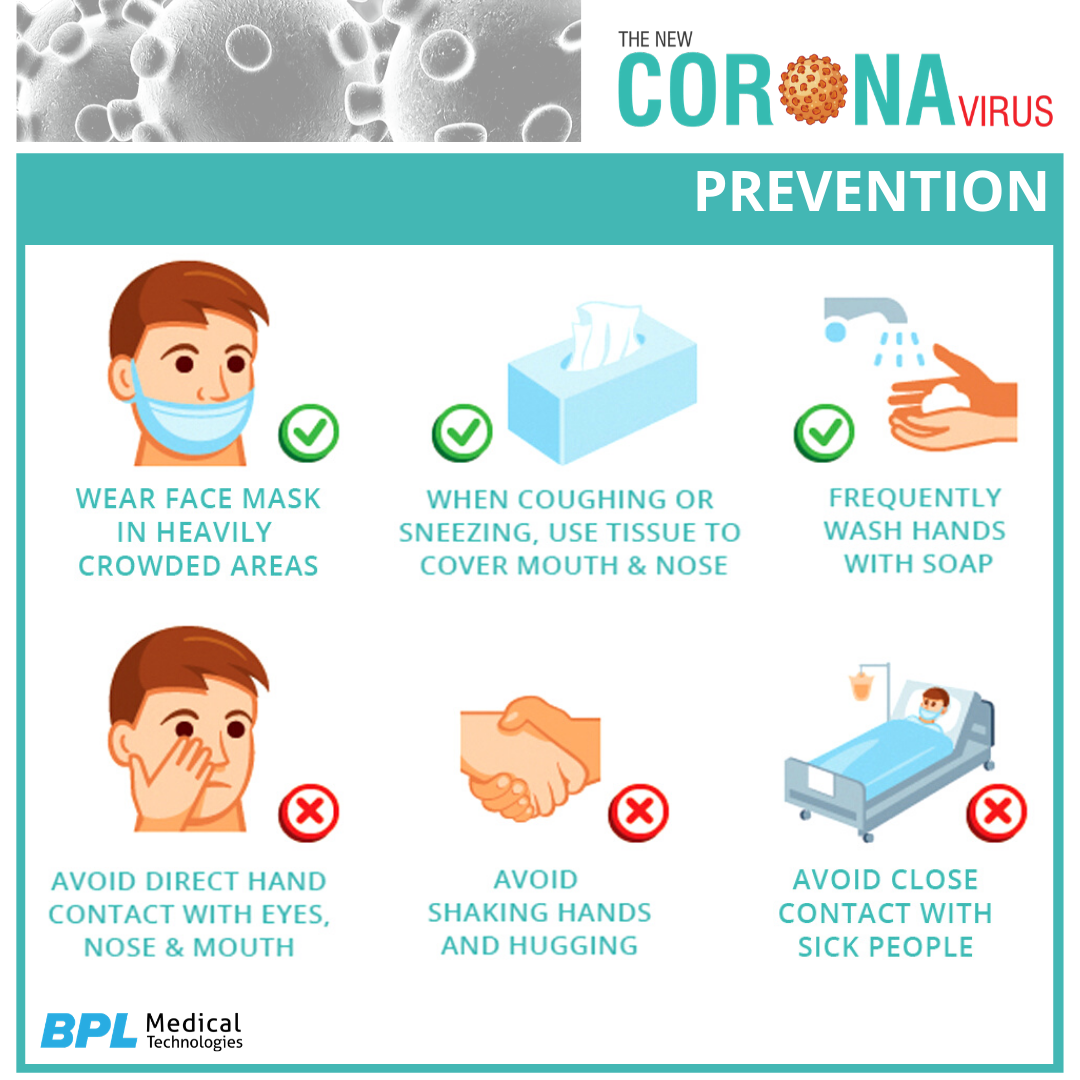
Background
On 31st December 2019, reports of a new virus originating in Wuhan City, Hubei Province of China spread across the world. The Chinese authorities identified this strain as coronavirus, part of a family of viruses usually cause upper respiratory diseases, from the common cold to rarer diseases like SARS and MERS. Due to the nature of this virus, most people may have experienced some low-level symptoms at some point in their lives, from runny noses, headaches, coughs, to fever and a general feeling of being unwell.
Current Status – Updated
As of January 2020, this latest outbreak of the virus has been named 2019-nCoV. This latest strain also confirms that human-to-human transmission is possible, with the current toll of infected people has hit close to 6,000 people, mostly in China. At the moment, the range of severity of this disease is causing concern- people suffering from poor health appear to be at greater risk of some of the more serious symptoms, while others have only experienced mild illness.
As we approach mid-April, the latest report in India has had 8988 active cases, according to the Government of India’s dedicated COVID-19 website. The virus has hit over 210 countries, with USA leading the count at 587,173 cases. Europe has also been badly hit, with Spain reporting 172, 541 cases and Italy and France following at 159,516 and 136, 779 cases. Germany and UK are right behind them, thus making up the top five most affected countries.
All across the world, governments are instituting strict self-isolation rules. America declared a national emergency mid-March, while the Indian government has extended the initial 21-day lockdown to a total of a 42-day lockdown. The WHO (World Health Organization) has also declared coronavirus a pandemic– a disease that impacts a huge population, while spread across a large geographic area. The Indian Government has created a special website that provides real-time and accurate updates on the spread of the virus.
Why is it Concerning?
According to the WHO’s latest reports, there have been over 1.7 million confirmed cases of the disease, with the death toll at over 110,000. The impact of this disease surpasses that of SARS epidemic, which hit the world in the early 2000s. Do not mistake the two diseases for being the same- while they may emerge from the same family of viruses, each illness is entirely different in its symptoms, effects, and impact.
Unlike other diseases, COVID-19s highly infectious nature, along with the lack of information on this virus, makes it very difficult to study and cure. Doctors and healthcare workers are still trying to fully understand how the virus spreads and affects the body.
How is it Spread?
The coronavirus that causes COVID-19 is transmitted mostly through person-to-person contact. According to the CDC, simply being near an infected person increases your chances of catching the disease. Close physical contact with a known COVID-19 patient is strongly discouraged at the moment. The saliva of an infected person contains the disease, which means any respiratory droplets, like those that occur due to sneezing, coughs, talking, can spread the disease further.
It’s not enough to steer clear of infected patients. You can also be a carrier without showing any signs of the infection. Carriers are able to spread the disease, even though they aren’t affected by the illness themselves. Due to this, social distancing and self-isolation are the need of the hour.
Symptoms
This virus causes pneumonia, with patients suffering from cough, fevers, and difficulties in breathing. The typical incubation period for this between two to ten days, and starts with a general feeling of being unwell. Depending on the severity of the infection, there can be organ failure, respiratory failure, or even death.
Even now, the only way to really know if someone has Coronavirus is to test them. A lot of symptoms mimic those of the common flu:
- Dry cough,
- Fever,
- Body aches,
- Shortness of breath

Some people also experience sore throats and a runny nose. These symptoms initially seem mild, but some people might be hit with more severely.
Who is at Risk?
Coronavirus can affect people of all ages. However, it appears to impact people with pre-existing conditions or elderly people more seriously. As of now, the World Health Organization has reported that 1 in 6 infected people get seriously sick. According to the CDC, at-risk groups include
- People over 60 years of age
- Longtime smokers, since the disease attacks the respiratory system
- People with HIV
- People with chronic lung disease
- People with moderate to severe asthma
- People with severe obesity
- People who are immunocompromised
- Includes people going through cancer treatments, smokers, having immune deficiencies, or consuming any immune weakening medication
- People with diabetes
- People with liver disease
- People with chronic kidney disease undergoing dialysis
- People of all ages with underlying medical conditions
Debunking Myths
Currently, there is a lot of misinformation being spread around this virus. Social platforms like Pinterest, Quora, and text applications like Whatsapp, are cracking down on the spread of false facts. During this time, we encourage you to seek accurate and updated information from verified sources, like the Center for Disease Control (CDC) and the World Health Organization (WHO), or the Indian Government’s dedicated information-sharing resource around COVID-19.
Below, we have cleared up some misconceptions around COVID-19 (all information has been sourced from the WHO and MyGov)
- Coronavirus is NOT transmitted through mosquito bites
- Coronavirus CAN spread in hot and humid regions
- There is NO evidence that dogs/ cats can spread the virus
- Hair-dryers, steam/ water vapour, hot baths are NOT cures or prevention for the virus
- Typical flu vaccines are not a guaranteed protection against COVID-19
- Antibiotics are NOT effective against viruses
- Eating garlic/ homeopathic remedies are NOT proven solutions against this virus
- There is NO cure or vaccine at this time
Precautions/ Tips
Stay safe and maintain the quarantine with all your efforts.
If you need to step out, cover your face properly with a mask, which helps reduce the potential of catching the illness. Cloth masks, which are effective for this, can be purchased or even made at home.
If you need to cough in public, cough into your elbow, not your hands.
Ensure that you’re washing your hands regularly, for a minimum of 30 seconds.
Choose alcohol-based sanitizers over non-alcohol-based, as the alcohol is more effective against viruses.
The Government of India has also released a COVID-19 tracking app named Aarogya Setu, which helps citizens keep track of the virus’ spread in their areas.

Warning Signs & Resources
If you’re experiencing mild symptoms, you need to immediately self-isolate for 14 days. However, if you fall into an at-risk category, and your symptoms are severe, get in touch with the government helpline at 011 – 23978046/ 011- 23971075. You can also reach out at ncov2019@gov.in. There are private testing options as well. You can check this list to see the options in your cities.



Comments
Such a great blog! I am looking for these kinds of blogs for last many days. Thanks for sharing it with us
By DrSuresh
Thanks for sharing an informative article in this pandemic time. Keep posting in the future also.
By G16 Covid-19 Testing